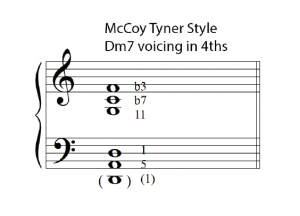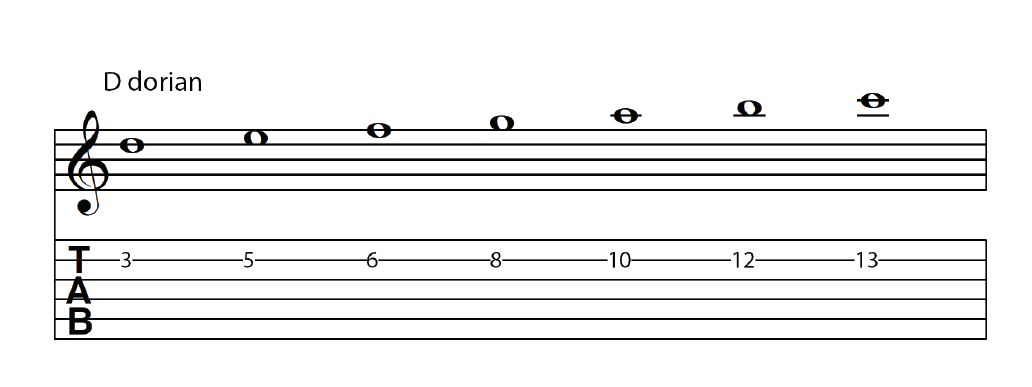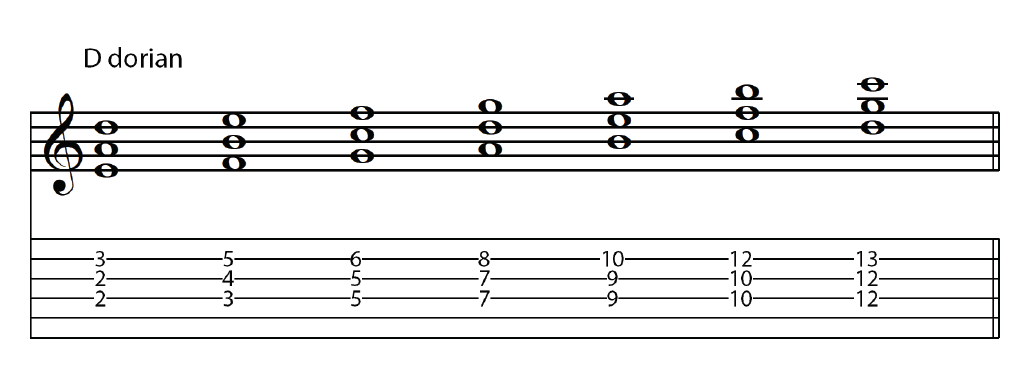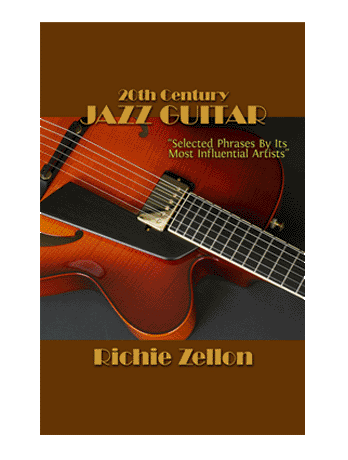McCoy Tyner Jazz Guitar Lesson Tribute
Transcribed from Video:
This is a special tribute lesson to McCoy Tyner, a very influential jazz pianist who I was sad to learn passed away on March 6, 2020. For those guitarists who are new to jazz or not familiar with this name, McCoy was none other than the pianist with John Coltrane’s 4tet.
In this lesson I show you how McCoy Tyner’s left and right hand functioned together, but from a guitarist’s perspective! In the right hand ,the use of various pentatonics, and in the left hand, some unique chord voicings in 4ths.
To demonstrate these concepts and their application to the “6 string beast”, I use Coltrane’s dorian based composition, “Impressions”. As a result you’ll learn 7 dorian based chords, voiced in 4ths. Finally, I’ll show you how we guitarists can also take advantage of McCoy Tyner’s harmonic innovations to get that post-bop sound when comping!
(after playing “Impressions” by John Coltrane with 2 guitars)
That was “Impressions” which uses the same dorian modal chord progression as “So What” by Miles Davis. What most of you don’t know is that the actual melody is not original either. Coltrane simply used the theme from Morton Gould’s “Pavane” which is an orchestral piece . If you don’t believe me, check it out below (see starting at 1:23), and you’ll hear how he used it note per note:
Back to McCoy Tyner, what you just heard was an adaptation for 2 guitars of his right and left hand concepts when improvising. The right hand is very pentatonic oriented and occasionally goes “outside” using what is known as side slipping. This simply means that the line modulates half step below or above the key. Now, if you want to know more about playing “outside” I strongly recommend that you watch my video “How To Play Outside Without Sounding Like You’re Lost”.
Since jazz pentatonics are primarily a John Coltrane contribution and I cover this subject in detail in other videos, I’d like to concentrate on what’s going on in McCoy’s left hand. That is… his unique chord voicings! So let me start by saying that he pretty much introduced quartal harmony for comping. And by quartal harmony I mean that his chord voicings are comprised of stacked intervals of 4ths and even 5ths which simply happen to be inverted 4ths. Let me show you.

Harmonizing The Dorian Mode in 4ths
When comping over a tune like “Impressions”, what McCoy did was harmonize each note in the dorian scale in diatonic triads in 4ths, and then use those freely when comping. In other words, it’s like constructing a modal micro tonality with 7 triads you can employ to create harmonic movement with.
I want to add that improvising over modal jazz, just because most of the time it uses few scales over several measures at a time, is not as easy as some make it sound! I actually find it harder than playing over bebop changes. And the reason for that is because it is a challenge to create ongoing interesting lines over one chord which lasts for so many measures. That is also why at the peak of his career, Coltrane started superimposing other progressions over several measures taken up by one static chord. This is actually how the concept of “Playing Outside” was born!
Next I want to show you how to build the 7 triads in 4ths to comp over a dorian chord.
Step 1: Align the notes of the chosen mode (in this case “dorian”) horizontally all across the 2nd string:

Step 2: Harmonize each note in the scale with diatonic triads so that there is an interval of a perfect or augmented 4th between them.

To add further motion as well as complement Coltrane’s outside lines, McCoy started using a concept with the triads in 4ths which became known as “planing”. Planing consists of moving the chord voicings outside of their placement within the scale, thus adding not only additional movement, but also more tension as well as a sense of release when voice leading back into a diatonic chord. (watch video for examples)
SUGGESTED:
Dorian Cadences: Soloing & Comping
How To Solo “Outside” Without Sounding Lost
LESSON DOWNLOAD
NOTE: You must be logged in for Lesson PDF Download link to be visible!
[Content protected for Jazz Guitarists Series members only]
Your Comments are greatly appreciated! Feel free to post any questions you may have or any insight you would like to share regarding this lesson.

0 Comments